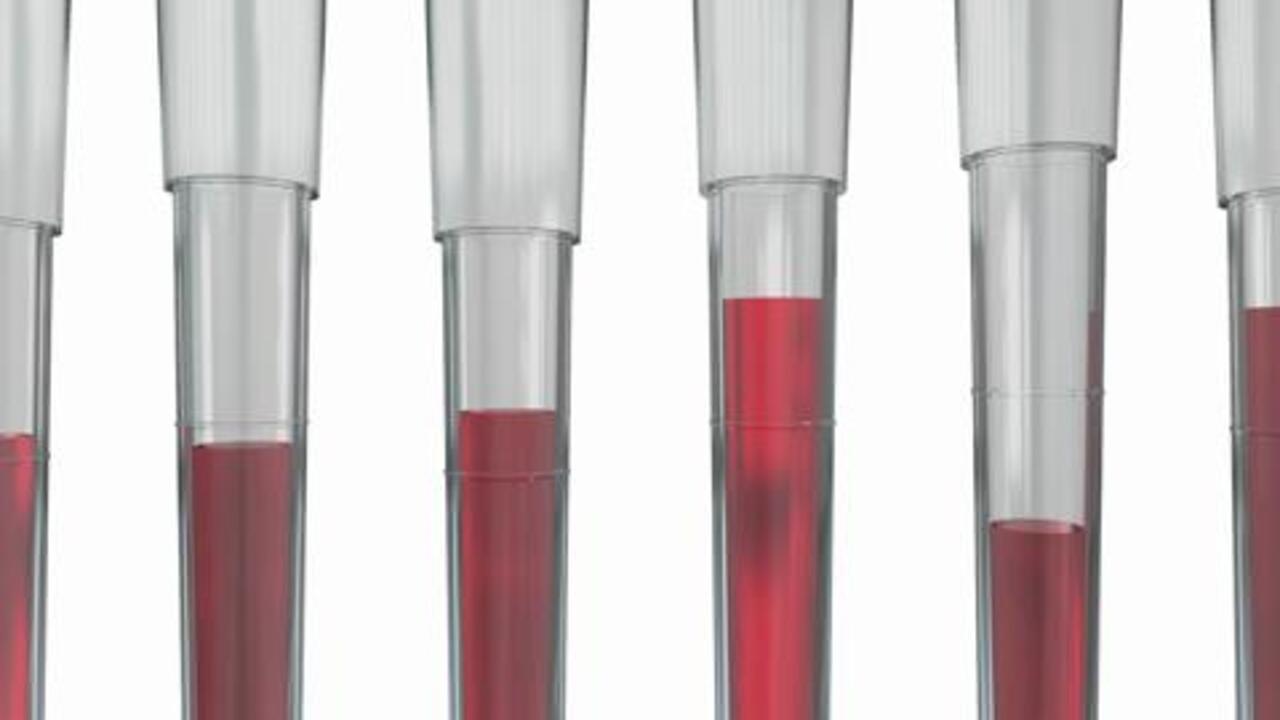Search Thermo Fisher Scientific
Reduce Pipetting Risk Factors

Ergonomics is the study of how to arrange and design devices, machines, or workspace so that people and things interact safely and efficiently. Ergonomics is also called human factors analysis or human factors engineering. As noted by Occupational Safety and Health Administrations (OSHA) Federal and State Programs, ergonomics is essentially "the science of fitting the job to the worker"
Complete the form and download a pdf version of the GLP Guide.
Reduce pipetting risk factors
- Environment—position surrounding materials to enable proper posture
- Posture—correct positioning of your body by using the correct tools
- Force—reducing the tip attachment, ejection, and pipetting force required in daily activities
- Repetition—limit the number of pipetting motions

Hear from the experts
Poor ergonomics can result in musculoskeletal disorders (MSD). MSD is also known as cumulative trauma disorders (CTD), repetitive strain injuries (RSI), and work-related upper limb disorders (WRULD); these all refer to injuries to muscles, nerves, tendons, ligaments, joints, and cartilage resulting from repetition, excess force, inadequate rest, etc.
“Work-related musculoskeletal disorders...are the most prevalent, most expensive, and most preventable workplace injuries in the country. The good news is that real solutions are available.
Alexis M. Herman
Former U.S. Secretary of Labor United States Occupational Safety and Health Administration. ‘One size doesn’t fit all' (1999)
Thirty minutes of continuous pipetting can cause increased hand complaints: David, Buckle; A questionnaire survey of the ergonomic problems associated with pipettes and their usage with specific reference to work-related upper limb disorders. Applied Ergonomics. 1995; 28 (4): 257–62. Typical Laboratories can perform thousands of pipetting operations a day.
“Laboratory personnel spend roughly 2 hours a day on average on pipetting, which amounts to 500 hours a year. Bjorksten concluded that more than 1.3 hours a day elevated the risk of injury."
Bjorksten, Almby, and Jansson;
‘Hand and shoulder ailments among laboratory technicians using modern plunger-operated pipettes’ 1994 .
8 Steps to Improve Pipetting Ergonomics

 | Take micro-breaks of 3–5 minutes, for every 12–30 minutes of pipetting |
 | Adjust the workstation so the work can be done with arms close to the body |
 | Use shorter pipettes |
 | Use pipettes that fit comfortably in the user's hand |
 | Keep samples and instruments within easy reach |
 | Use low profile waste receptacles for used tips |
 | Use anti-fatigue matting when it’s necessary to stand for long periods of time |
 | Use an adjustable stool or chair when sitting |
Reducing Ejection Force
Conical shaped pipettes and tips
The proximal end of a standard pipette tip is usually conical. The conical shaped pipette cone fits into the conical shaped pipette tip. This force creates a ‘Luer’ seal which can result in high friction. The sealing area is typically large. The ejection force is proportional to insertion force.

ClipTip Interlocking Pipetting System
ClipTip pipette tips lock firmly in place so they will not loosen or fall off, regardless of application pressure. You can actually feel the tips ‘clip’ securely onto the pipette with a light touch. No more banging tips on your pipette to ensure that the tips are properly attached and sealed.


Improved ergonomics based on pipette tip selection

Pairing good posture, an ergonomically designed pipette and an ergonomic pipette tip may help prevent injury. Thin-walled, soft, and flexible pipette tips are designed to fit the pipette cone securely while allowing for minimal attachment and ejection forces to be used.
Reducing Repetition
Reduce tiresome pipetting repetitions with E1-ClipTip Equalizer Electronic Pipettes.
Increase efficiency and quality with adjustable tip spacing which enables multiple sample transfers between virtually any tube, rack, microplate, or horizontal gel box at once. Just set the distance between the tips simply by sliding the scale to expand and contract to your desired setting.
96-Format E1-ClipTip Equalizer Adjustable Tip Spacing Pipettes


384-Format E1-ClipTip Equalizer Adjustable Tip Spacing Pipettes






